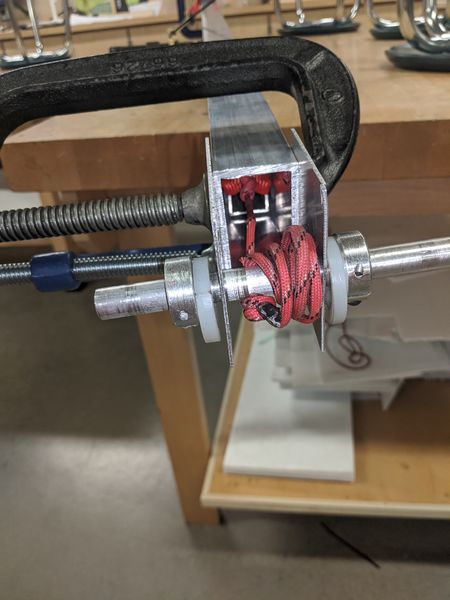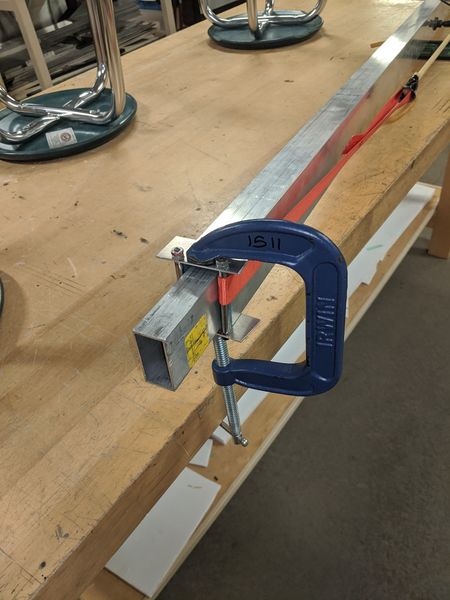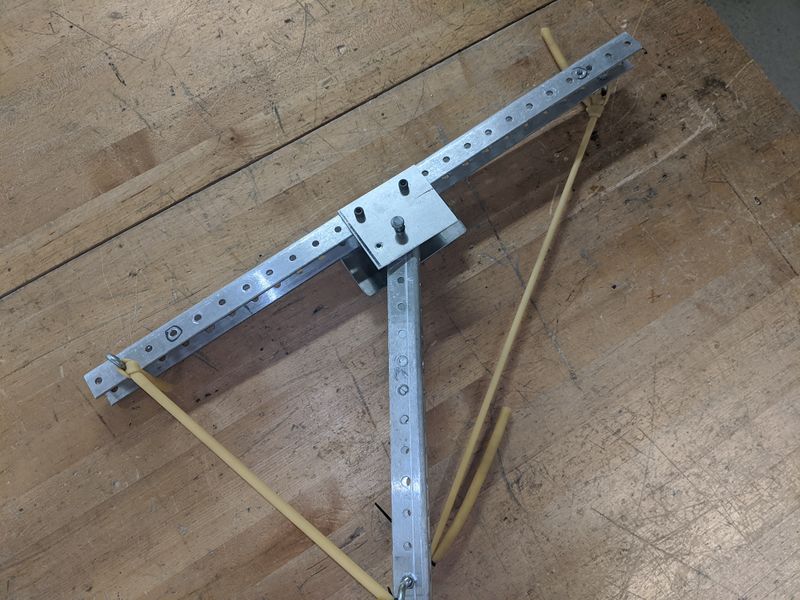2020:Hang: Difference between revisions
No edit summary |
No edit summary |
||
| Line 1: | Line 1: | ||
<div class="mw-parser-output"><div class="mw-parser-output"><div class="mw-parser-output"><div class="mw-parser-output"><div class="mw-parser-output"><div class="mw-parser-output"><div class="mw-parser-output"><div class="mw-parser-output"><div class="mw-parser-output"><div class="mw-parser-output"><div class="mw-parser-output"><div class="mw-parser-output"><div class="mw-parser-output"><div class="mw-parser-output"><div class="mw-parser-output"><div class="mw-parser-output"><div class="mw-parser-output"><div class="mw-parser-output"><div class="mw-parser-output"><div class="mw-parser-output"><div class="mw-parser-output"><div class="mw-parser-output"><div class="mw-parser-output"><div class="mw-parser-output"><div class="mw-parser-output"><div class="mw-parser-output"><div class="mw-parser-output"><div class="mw-parser-output"><div class="mw-parser-output"><div class="mw-parser-output"><div class="mw-parser-output"><div class="mw-parser-output"><div class="mw-parser-output"><div class="mw-parser-output"><div class="mw-parser-output"><div class="mw-parser-output"> | <div class="mw-parser-output"><div class="mw-parser-output"><div class="mw-parser-output"><div class="mw-parser-output"><div class="mw-parser-output"><div class="mw-parser-output"><div class="mw-parser-output"><div class="mw-parser-output"><div class="mw-parser-output"><div class="mw-parser-output"><div class="mw-parser-output"><div class="mw-parser-output"><div class="mw-parser-output"><div class="mw-parser-output"><div class="mw-parser-output"><div class="mw-parser-output"><div class="mw-parser-output"><div class="mw-parser-output"><div class="mw-parser-output"><div class="mw-parser-output"><div class="mw-parser-output"><div class="mw-parser-output"><div class="mw-parser-output"><div class="mw-parser-output"><div class="mw-parser-output"><div class="mw-parser-output"><div class="mw-parser-output"><div class="mw-parser-output"><div class="mw-parser-output"><div class="mw-parser-output"><div class="mw-parser-output"><div class="mw-parser-output"><div class="mw-parser-output"><div class="mw-parser-output"><div class="mw-parser-output"><div class="mw-parser-output"><div class="mw-parser-output"> | ||
'''Team Leads: Alex F. & Nicole L.''' | '''Team Leads: Alex F. & Nicole L.''' | ||
| Line 6: | Line 6: | ||
{| border="1" cellpadding="1" cellspacing="1" style="width: 500px;" summary="Pros and Cons list for each design being considered" | {| border="1" cellpadding="1" cellspacing="1" style="width: 500px;" summary="Pros and Cons list for each design being considered" | ||
|+ <span style="font-size:x-large;">Pros and Cons of each design option </span> <p style="text-align: center;">Telscoping Frame Design Telescoping Arm</p> | |+ <span style="font-size:x-large;">Pros and Cons of each design option </span> <p style="text-align: center;">Telscoping Frame Design Telescoping Arm</p> | ||
| |||
| | ||
| Line 49: | Line 51: | ||
</ul> </ul> | </ul> </ul> | ||
</ul> | </ul> | ||
</ul> | |||
*More stable <ul style="list-style-type:square"> | *More stable <ul style="list-style-type:square"> | ||
</ul> </ul> | </ul> </ul> | ||
</ul> | |||
*Due to having 2 arms that are connected, it is going to be more stable than a single arm. | *Due to having 2 arms that are connected, it is going to be more stable than a single arm. | ||
*Fits within allotted space better <ul style="list-style-type:square"> | *Fits within allotted space better <ul style="list-style-type:square"> | ||
< | </ul> </ul> | ||
*We have a lot of space side to side, but front to back we only have 1-7 inches max. Since each stage can be the same thickness as the other ones (since they don’t have to fit inside each other), the first stages can be thinner than the ones of the telescoping arm. | |||
*Easier to maintain <ul style="list-style-type:square"> | |||
<li>Since the stages are next to each other, instead of inside each other, it will be must easier to fix between matches.</li> | <li>Since the stages are next to each other, instead of inside each other, it will be must easier to fix between matches.</li> | ||
</ul> | </ul> <li>Easier to have 2 hooks <ul style="list-style-type:square"> | ||
<li>Easier to have 2 hooks <ul style="list-style-type:square"> | |||
<li>Since the frame will already have 2 sides, it will be very easy to put a hook on the top of each side of the third stage.</li> | <li>Since the frame will already have 2 sides, it will be very easy to put a hook on the top of each side of the third stage.</li> | ||
</ul> </li> | </ul> </li> | ||
| Line 65: | Line 71: | ||
<li>Despite having two sides, the frame is still extended and retracted through a single winch in the center of the robot. Therefore, it will only require a single motor (compared to a deployable hook which would likely require 2)</li> | <li>Despite having two sides, the frame is still extended and retracted through a single winch in the center of the robot. Therefore, it will only require a single motor (compared to a deployable hook which would likely require 2)</li> | ||
</ul> </li> | </ul> </li> | ||
</ul> | |||
</ul> | </ul> | ||
| Line 71: | Line 79: | ||
*Cons of telescoping frame: <ul style="list-style-type:circle"> | *Cons of telescoping frame: <ul style="list-style-type:circle"> | ||
</ul> </ul> | </ul> </ul> | ||
</ul> | |||
*Heavier <ul style="list-style-type:square"> | |||
</ul> </ul> | |||
*Since it has two sides, it will require more material than the telescoping arm, making it heavier. | |||
* | *Wider <ul style="list-style-type:square"> | ||
<li>The design has two sides, each of which will need three bars of metal side by side. However, the telescoping arm will only require three total, which will be inside of each other.</li> | <li>The design has two sides, each of which will need three bars of metal side by side. However, the telescoping arm will only require three total, which will be inside of each other.</li> | ||
</ul> | </ul> <li>Harder to add self-orienting mechanism <ul style="list-style-type:square"> | ||
<li>Harder to add self-orienting mechanism <ul style="list-style-type:square"> | |||
<li>The self-orienting mechanism we prototype really only works well with a single arm. It could be modified a bunch to work for two sides/a wider arm, or scaled up a bunch to work as it is.</li> | <li>The self-orienting mechanism we prototype really only works well with a single arm. It could be modified a bunch to work for two sides/a wider arm, or scaled up a bunch to work as it is.</li> | ||
</ul> </li> | </ul> </li> | ||
</ul> | |||
</ul> | </ul> | ||
*Pros of telescoping arm: <ul style="list-style-type:circle"> | *Pros of telescoping arm: <ul style="list-style-type:circle"> | ||
< | </ul> </ul> | ||
*Lighter <ul style="list-style-type:square"> | |||
<li>It’s only a single arm, so it will require less material.</li> | <li>It’s only a single arm, so it will require less material.</li> | ||
</ul> | </ul> <li>Thinner <ul style="list-style-type:square"> | ||
<li>Thinner <ul style="list-style-type:square"> | |||
<li>The telescoping arm will only have 3 bars of metal, with the last two being inside the first. Therefore, the mechanism will only be as wide as the first stage (not including the winch).</li> | <li>The telescoping arm will only have 3 bars of metal, with the last two being inside the first. Therefore, the mechanism will only be as wide as the first stage (not including the winch).</li> | ||
</ul> </li> | </ul> </li> | ||
| Line 95: | Line 108: | ||
<li>This prototype also only requires a single motor, since it only has a single winch in the center.</li> | <li>This prototype also only requires a single motor, since it only has a single winch in the center.</li> | ||
</ul> </li> | </ul> </li> | ||
</ul> | </ul> | ||
*Cons of telescoping arm: <ul style="list-style-type:circle"> | |||
<li>Less stable <ul style="list-style-type:square"> | <li>Less stable <ul style="list-style-type:square"> | ||
<li>Since it would be a single arm anchored at a single point, it would be less stable and more prone to swinging around on the bar after climbing.</li> | <li>Since it would be a single arm anchored at a single point, it would be less stable and more prone to swinging around on the bar after climbing.</li> | ||
| Line 105: | Line 120: | ||
<li>The center support in the middle of the bar is 3 inches wide. This makes a single telescoping arm with two hooks even less practical, as it requires the third (and thinnest) stage to be wide enough to fit 2 hooks with 3 inches in between. Stage 2 will then need to be even wider, and stage 1 will need to be even wider than stage 2. This means the telescoping arm would have to be very big to allow 2 hooks, adding more weight and potentially making t harder to fit inside the allotted 5 inches or so. This problem would be solved by putting the self-orienting hook mechanism on the end though.</li> | <li>The center support in the middle of the bar is 3 inches wide. This makes a single telescoping arm with two hooks even less practical, as it requires the third (and thinnest) stage to be wide enough to fit 2 hooks with 3 inches in between. Stage 2 will then need to be even wider, and stage 1 will need to be even wider than stage 2. This means the telescoping arm would have to be very big to allow 2 hooks, adding more weight and potentially making t harder to fit inside the allotted 5 inches or so. This problem would be solved by putting the self-orienting hook mechanism on the end though.</li> | ||
</ul> </li> | </ul> </li> | ||
</ul> </ | </ul> </ul> | ||
</ul> | </ul> | ||
| Line 187: | Line 203: | ||
Attendance: Alex F | Attendance: Alex F | ||
Alex F: Reformatted | Alex F: Reformatted and added explanation for pro/con list. | ||
</div> </div> </div> </div> </div> </div> </div> </div> </div> </div> </div> </div> </div> </div> </div> </div> </div> </div> </div> </div> </div> </div> </div> </div> </div> </div> </div> </div> </div> </div> </div> </div> </div> </div> </div> </div> | </div> </div> </div> </div> </div> </div> </div> </div> </div> </div> </div> </div> </div> </div> </div> </div> </div> </div> </div> </div> </div> </div> </div> </div> </div> </div> </div> </div> </div> </div> </div> </div> </div> </div> </div> </div> </div> | ||
Revision as of 13:54, 10 January 2020
Team Leads: Alex F. & Nicole L.
| Pros | Cons | Pros | Cons |
|---|---|---|---|
| More Stable | Heavier | Lighter | Difficult to maintain |
| Fits within the allotted space better | Wider | Thinner | Having 2 hooks is harder |
| Easier to maintain | Harder to add self balancing mechanism | Easier to add self balancing mechanism | Less stability |
| Easier to have 2 hooks | Single motor | ||
| Single motor |
Explanation
- Pros of telescoping frame:
- More stable
- Due to having 2 arms that are connected, it is going to be more stable than a single arm.
- Fits within allotted space better
- We have a lot of space side to side, but front to back we only have 1-7 inches max. Since each stage can be the same thickness as the other ones (since they don’t have to fit inside each other), the first stages can be thinner than the ones of the telescoping arm.
- Easier to maintain
- Since the stages are next to each other, instead of inside each other, it will be must easier to fix between matches.
- Since the frame will already have 2 sides, it will be very easy to put a hook on the top of each side of the third stage.
- Despite having two sides, the frame is still extended and retracted through a single winch in the center of the robot. Therefore, it will only require a single motor (compared to a deployable hook which would likely require 2)
- Cons of telescoping frame:
- Heavier
- Since it has two sides, it will require more material than the telescoping arm, making it heavier.
- Wider
- The design has two sides, each of which will need three bars of metal side by side. However, the telescoping arm will only require three total, which will be inside of each other.
- The self-orienting mechanism we prototype really only works well with a single arm. It could be modified a bunch to work for two sides/a wider arm, or scaled up a bunch to work as it is.
- Pros of telescoping arm:
- Lighter
- It’s only a single arm, so it will require less material.
- The telescoping arm will only have 3 bars of metal, with the last two being inside the first. Therefore, the mechanism will only be as wide as the first stage (not including the winch).
- The self-orienting mechanism that we prototyped is designed to work with one arm, meaning that adding it to the end of the telescoping arm would not be too difficult (compared to the telescoping frame).
- This prototype also only requires a single motor, since it only has a single winch in the center.
- Cons of telescoping arm:
- Less stable
- Since it would be a single arm anchored at a single point, it would be less stable and more prone to swinging around on the bar after climbing.
- Difficult to maintain
- Since the stages are inside each other, it would be much harder to repair between matches (see 2016).
- Harder to fit 2 hooks
- The center support in the middle of the bar is 3 inches wide. This makes a single telescoping arm with two hooks even less practical, as it requires the third (and thinnest) stage to be wide enough to fit 2 hooks with 3 inches in between. Stage 2 will then need to be even wider, and stage 1 will need to be even wider than stage 2. This means the telescoping arm would have to be very big to allow 2 hooks, adding more weight and potentially making t harder to fit inside the allotted 5 inches or so. This problem would be solved by putting the self-orienting hook mechanism on the end though.
Prototyping 1/5/2020-1/11/2020
Overview: Based on initial team brainstorming and sketching, as well as the information from Strategy Subteam, we determined to prototype:
- Telescoping arm
- We are also prototyping a self-balancing mechanism.
- Deployed hook
- Hook designs
Observations: We observed the following over the course of prototyping:
- Both prototypes work well.
Decisions:
- We will either have a telescoping frame or a telescoping arm.
- We will not attach parallel to the bar, we want to come at it perpendicular (drive into it)
Need to do:
- Research COTS hooks, other hook designs
- Begin work on CAD designs for the arm and hook
- Decide on telescoping frame or telescoping arm.
 Telescoping arm Winch prototype
Telescoping arm Winch prototype
 Telescoping arm prototype other end
Telescoping arm prototype other end
Design
Daily Diary
1/7/2020 5:00-9:00
Attendance: Alex F, Nate S, Nicole L, Elliot W, Nevin W, Michael N, Ben S
We re-tested the telescoping arm and designed a self orienting hook mechanism base. Tommorow, we have to finish that and adjust the surgical tubing and add hooks to the bar. We need the tape measure spring for the final telescoping arm design if we choose to follow that route (and need the actual hooks, which are being prototyped as we speak/type). We have to decide if we want 1 or 2 telescoping arms still, it depends. See robot design for pictures or will update later. Videos are not allowed, on this wiki, so more pictures.
1/8/2020 5:00-9:00
Attendance: Nicole, Alex F, Nate S, Trevor W, Ben and Christian Stoeckl
Nicole: I did the calculations for where both robots would have to hang and how heavy they are to be balanced, the file is on the harris drive as "Torque for Hang NL". This spreadsheet doesn't account for only one robot to hang and doesn't take the 8 deg of allowance from being balanced. Tommorow we will have to fix that so that it can display when a robot is balanced at the center which can help us figure out if we need one arm or two arms. Tommorow we also need to figure out the force to lift the robot with one or two robots which will lead us to know what type of motors we might need. We also still need to figure out the size of the constant force spring to bring up the hook alone. We have to CAD up a scale sketch of the different arms (telescoping arm and the deploying arm at least) with it on top of the drive base so we can see how many sections we will actually need to have.
Everyone that isn't Christian/Nicole: We finished the prototype for the self deploying hook by adding a quick hook to the end. We also fixed the tensioning on the self orienting hook prototype, so that the bar is relatively perpendicular to the arm. We then tested it by having it extend, put the hook over the bar, and then retract, leaving the hook on the bar. In theory, if we had another string attached to the hook, we would then be able to winch it. We discussed the pros and cons of having multiple hooks and/or having multiple arms. We decided against coming at the bar parallel. We still need to make decisions on basically everything.
1/9/2020 5:00-9:00
Attendance: Nicole L, Alex F, Nate S, Nevin W, Ben and Christian Stoeckl
Everyone that isn't Christian/Nicole: We narrowed down the options for our endgame mechanism between a telescoping frame and a telescoping arm. We also made sketches in Inventor modeling the two mechanisms to size. We established that having a two stage telescoping arm would require an arm that starts right at the 45" height limit. We made a pro/con list for each of them to present on Saturday. We will need to start working on 3D CAD designs for the mechanism we choose Saturday.
nicole i deleted your stuff sorry :(
1/10/2020 12:00-11:59
Attendance: Alex F
Alex F: Reformatted and added explanation for pro/con list.
